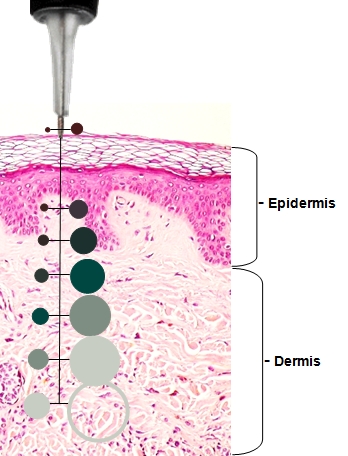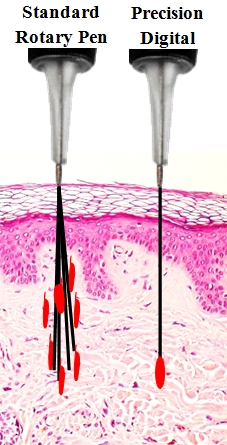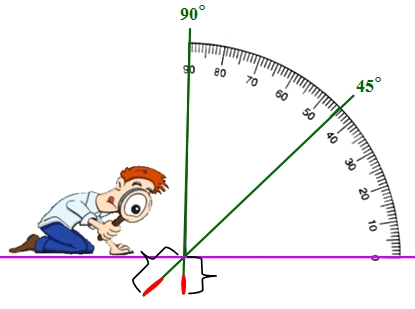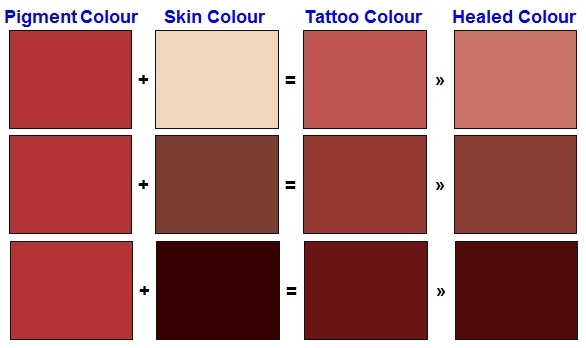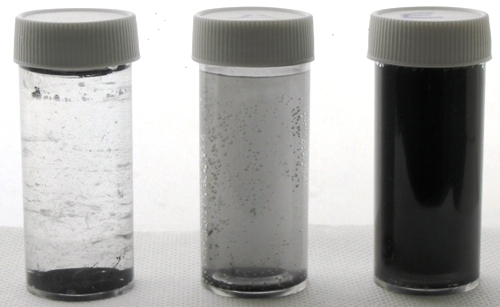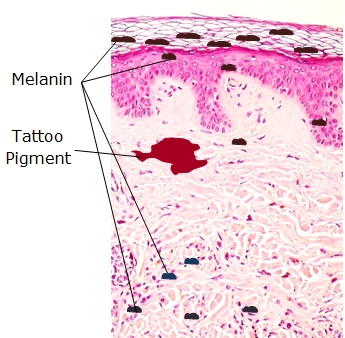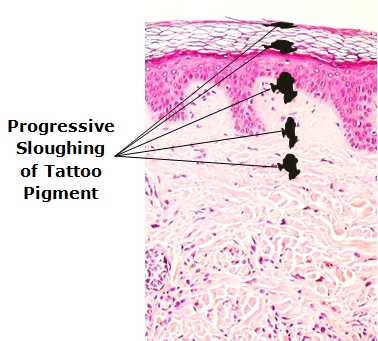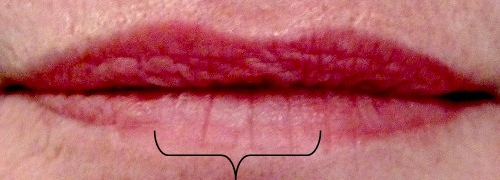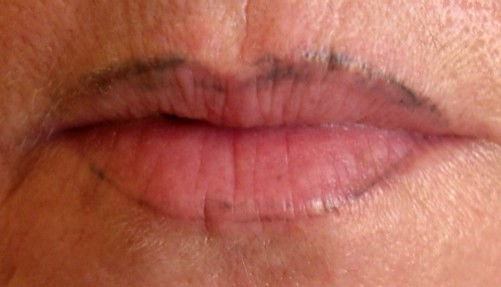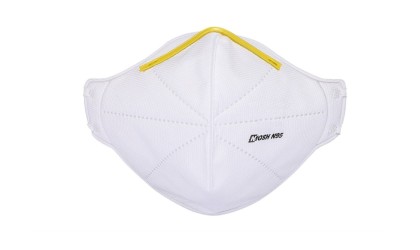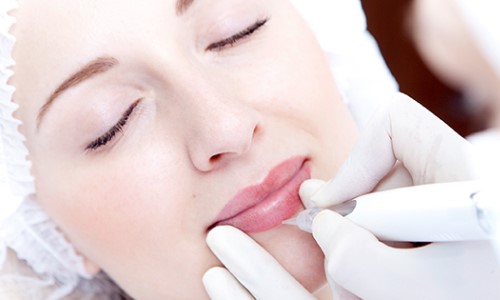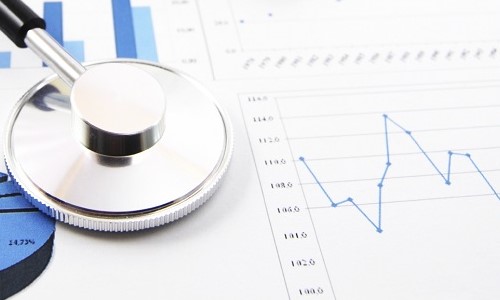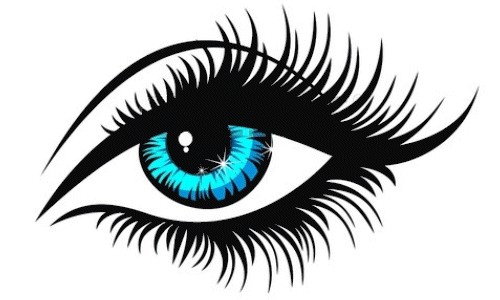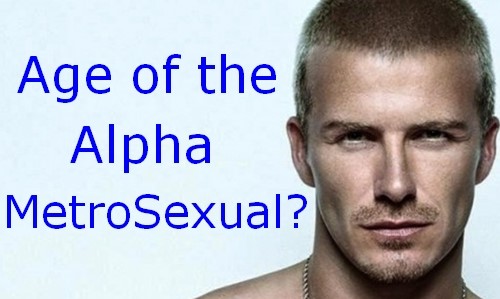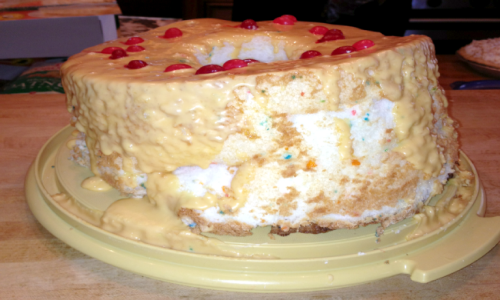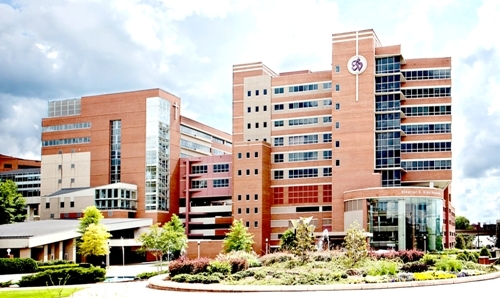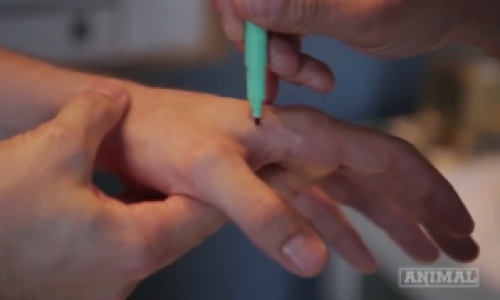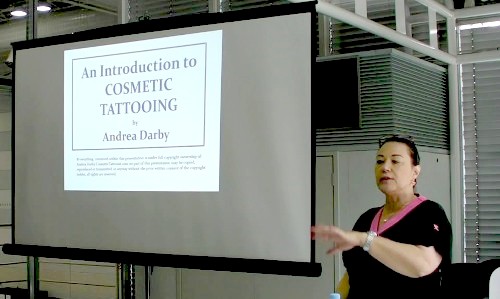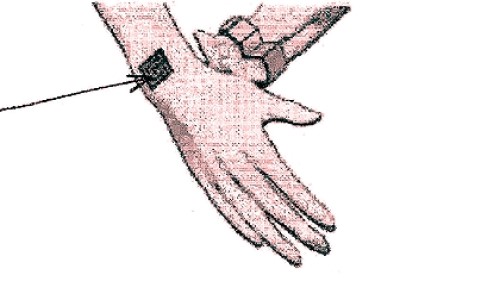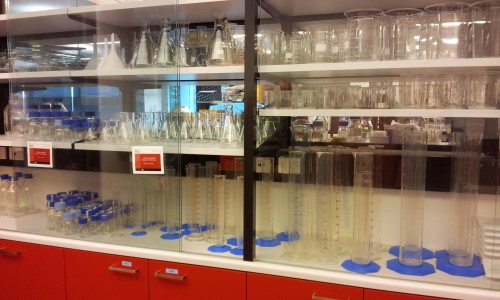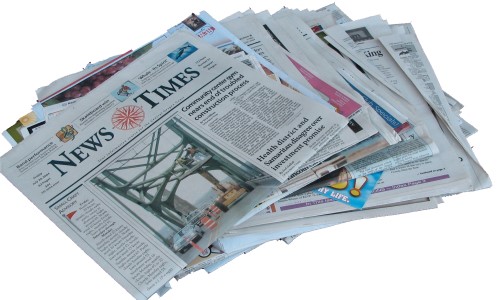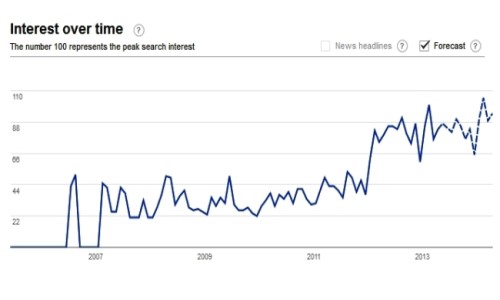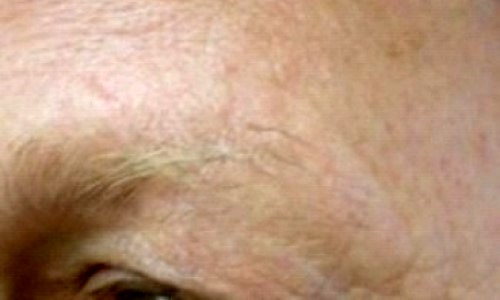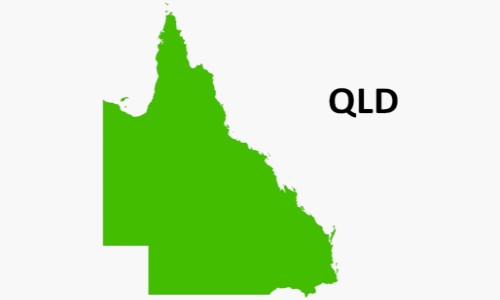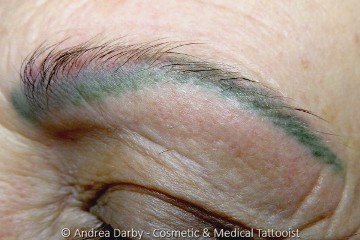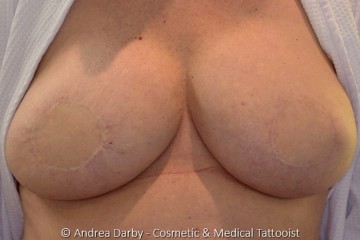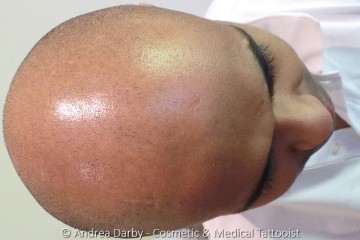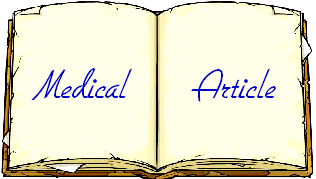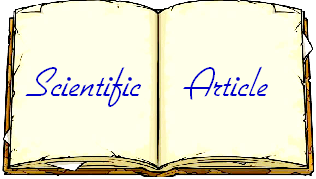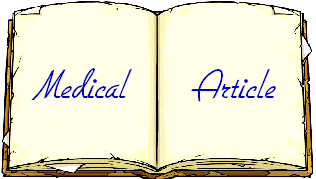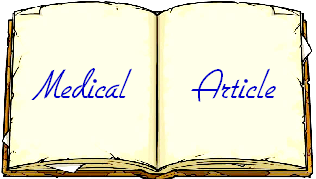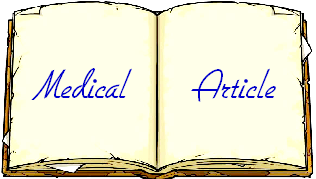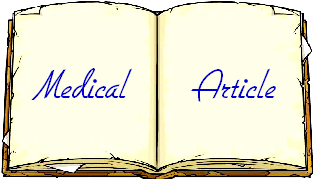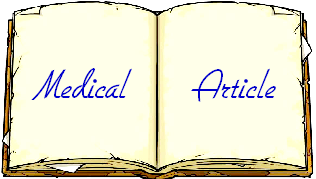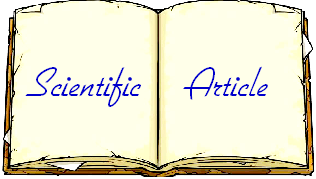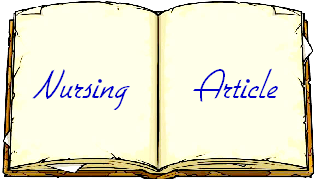Cart is empty
Why Do Cosmetic Tattoos Change Colour? - (Part 2)
15/09/2013
by Andrea Darby - Master Medical Tattooist & Industry Educator
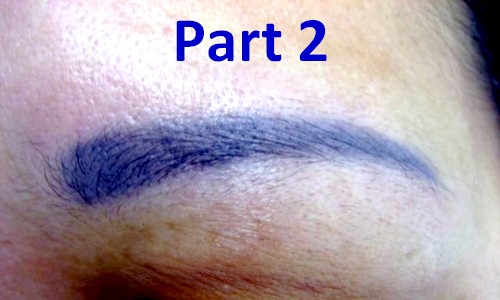
We receive lots of enquiries from Cosmetic Tattooists about why their tattooing might change colour, it seems that many within the industry including pigment manufacturers are vexed by this particular problem, this is part 2 of a 2 part article.
This is Part 2 of the 2 part article "Why Do Cosmetic Tattoos Change Colour?"
You can read Part 1 by clicking here.
▼ Continue Reading ▼
|
Why do tattoo pigments fade or change colour and why do technicians sometimes get unexpected effects or colour outcomes after cosmetic tattooing? Factors Related to the Methods and Techniques of the Tattooist
If the pigment is not implanted at the correct depth within the dermis then Black/Brown pigments may tend to appear Blue/Green/Grey because of depth related changes to red light reflectance, similar effects are seen with pigmentary disorders such as Post Inflammatory Hyper Pigmentation (PIH), and Melasma where melanin can appear to be Black/Brown/Blue/Grey depending on the depth of the melanin deposit within the skin. All pigment colours may be altered in appearance if incorrect implantation depth is used due to the Depth: Colour/Size effect. The Depth: Colour/Size effect is illustrated in the image below.
At the same time there is also an apparent change in size, for example a deposit at a depth of 500µm will appear to be more than three times its actual size7. As depicted in the illustration larger deposits are more susceptible to colour and size alterations related to implantation depth than smaller deposits, but the required 'size threshold' is smaller than is applied during most cosmetic tattoo procedures therefore the Depth: Colour/Size effect would be a factor in most procedural outcomes.
For the same reasons very deep implantation of pigment using low precision equipment may still result in visible pigment after healing due to constant variability of the implantation depth, but with high precision equipment it is possible that a very deep implantation of pigment may not even be visible after healing if there is not at least some pigment implanted in the visible reflectance regions of the dermis. Refer to the illustration under the 'Needle Depth' heading above again when reading the next point.
There are two important factors to be aware of in relation to changing technique from a 80-90° to a 45° needle angle;
You learned earlier in this article how important needle depth is in relation to the final healed colour and size appearance of a tattoo, and in this illustration we can also see that needle angle also changes the amount of exposed needle needed to achieve the required depth and also the surface appearance of the tattoo. Both the needle depth and angle can have an impact on the appearance of tattoo colour, size, and shape. The correct choice of needle configuration is essential to achieve the required colour and effect outcome.
For example in the illustration below we have the same pigment colour applied to three completely different skin tones and the comparison to initial colour after tattooing as well as the final healed colour in 4-6 weeks after tattooing. You can see from the illustration that selecting an appropriate choice of pigment colour in relation to the clients natural skin tones is very important.
Most cosmetic tattooists seem to use the paint artists intuitive colour model of Red, Yellow, Blue, (RYB), the difference being that the paint artists have the luxury of starting with paint colours that are very close to their very vibrant primaries Red, Yellow, Blue. Cosmetic Tattooist do not have the luxury of starting with pigment colours that close to the RYB primaries most of our pigment colours are already secondary or more likely tertiary colour mixtures. In fact no matter which colour model you prefer; Red, Yellow, Blue, (RYB) or Cyan, Magenta, Yellow, Black, (CMYB), Cosmetic Tattooists rarely ever work with colours that are even close the the primaries of any of the colour models.
It is important to keep in mind that the clients natural skin tones also contribute colours to the final healed colour of the cosmetic tattoo and the skin tones may add 3-4 or more individual colour influences e.g. fat (yellowish), blood (red/blue/maroon), blood vessels (blue/green/turquoise), melanin (yellow/red/brown/black), un-pigmented epidermal skin (white/creamy/yellowish). Therefore the client is already making some significant colour contributions to the final healed tattoo colour and the process of pigment fixation also will tend to make any pigment colour less vibrant and a muddier hue. If you mixed two cosmetic tattoo pigments together that both had 3 colourant ingredients and lets assume that each of the colourants are already RYB tertiaries, then the resulting colour will be a mixture of 6 tertiary colours which will be getting perilously close to a mud mix. The image below illustrates this point, two cosmetic tattoo pigments are mixed together both of the pigments were already blends of tertiary colours that resulted in very soft hues and after mixing them together the pigment mix is very muddy and once applied to a bluish skin colour the result is an unattractive muddy grey tattoo colour.
Key Point: It is far better to select a premixed pigment colour than to try and create a colour by mixing pigments together because the more colourant ingredients that you add together the more likely the resulting colour will be a mud mix. Cosmetic Tattooists who have a comprehensive understanding of pigment colour and an arts background generally will only occasionally mix two pigment colours together and will rarely ever mix three pigment colours together because you will achieve a better outcome by selecting a premixed pigment that is already the colour that you require. Additional caution is also warranted if mixing pigments from different manufacturers because incompatibilities between colourants, thickening agents, solvents and antimicrobial additives between different brands may cause unexpected interactions and colour outcomes. Alkalising The Skin - We strongly advise against the use of alkaline topical anaesthetics such as Emla cream prior to cosmetic tattooing because of the pH of the product, Emla has a pH of around 9.0-9.2 and therefore it can be dangerous if used near the eye and there are reports within the medical literature of chemical injury to the eye caused by use of Emla cream8. As discussed previously particle size is particularly important with tattoo pigments because particles that are too small are more likely to migrate within the skin into unwanted locations and small particles are more susceptible to metabolism and transportation by the immune system. Most pigment manufacturers would be aware that there is particular importance in relation to carbon based pigments to ensure that the particle size is large enough to ensure stability within the skin. Obviously it would be a large undertaking to conduct experiments to test all the colourants used by the different pigment manufacturers to assess if alkalising their various pigments caused any unusual reactions or colour changes. We decided to test a single pigment type containing carbon as we concluded that carbon particles may be particularly susceptible to alkalisation.
Vial 1 - 15ml Distilled water + 0.01ml Carbon Black Pigment: light agitation for 30 seconds to ensure even mixing. Vial 2 - 15ml Distilled water + 0.01ml Carbon Black Pigment + 0.01ml pharmacy compounded 5% Lidocaine Cream with pH<7.8: light agitation for 30 seconds to ensure even mixing.
Vial 1 (control) - As expected we noted that after 2 hours most of the carbon in vial 1 had dropped out of suspension to the bottom of the container, particles seemed to be intact and to settle easily. Vial 2 - Particles took longer to drop out of suspension, after 8 hours most of the particles had fallen to the bottom of the container with some even coating on the container walls. Vial 3 - Even after 16 hours most of the carbon in vial 3 was still in suspension, visually the carbon in vial 3 seemed to be far more miscible.
The exact mechanism is unclear but there are some possible explanations for the results we observed, it is known that carbon can be activated with the addition of sodium hydroxide (NaOH)9, carbon activation results in increased surface area of the carbon particle by riddling it with small holes, also NaOH has been used in conjunction with industrial pigments to aid in carbon dispersal (achieving a more even spread), it is also possible that particle sizes may have been reduced. Regardless of the mechanism involved it was apparent that the addition of the topical anaesthetic increased dispersal of the pigment and the strongly alkaline anaesthetic had the most marked effect on the pigment. We acknowledge that our experiment was by no means conducted to laboratory standards and differences both in the active ingredients of the two topical anaesthetics and their respective carriers may have had an affect on the outcome. However we draw the reasonable conclusion that alkalising the skin prior to implanting a tattoo pigment has the potential to increase the risk of pigment migration in the skin, particularly if a carbon based pigment is used, as a direct consequence of increased pigment dispersal. For the above reasons we caution against using alkaline topical anaesthetics prior to cosmetic tattooing, also it appears that even anaesthetics with a more neutral pH may have a very slight tendency increase pigment dispersal in the skin if they are used excessively or permitted to mix with the pigment during the tattoo procedure.
You will also note that if melanin is located deep within the dermis it can appear to be blue/grey in colour this sometimes occurs with pigmentary disorders such as Post Inflammatory Hyperpigmentation (PIH) or Melasma, in the same way that depth affects the appearance of the colour of a tattoo pigment it also affects the appearance of the colour of melanin. If the skin has high levels of melanin even if melanin was beside and beneath the tattoo pigment (usually not the case) it would still have a significant effect on the final healed colour of the tattoo, but because melanin is generally deposited into epidermal cells (above the tattoo pigment) it often has an overpowering effect on the final healed colour of a tattoo and may obscure the tattoo pigment completely, the image below illustrates this concept.
Obviously it is not impossible to provide cosmetic tattooing to clients with darker skin tones but the more melanin there is the more difficult it is to achieve certain colour outcomes, the less predictable the results will be, and the more prone the client may be to develop PIH after tattooing. Over time immune cells may persist with attempts to phagocytose and transport the pigment and some clients may have particularly active / successful immune systems that eventually manage to metabolise or transport some or all of the tattoo pigment. Because cosmetic tattoo pigments are often composed of 2-3 colourant ingredients if the immune system is more successful at metabolising or transporting one of the ingredients compared to the others then the tattoo will start to change colour to reflect the dominant hue of the remaining colourant ingredients. The effect in this situation will be very similar to what can occur if the colourant ingredients are not lightfast balanced as described previously, the difference being that colour changes related to Lightfast imbalance are likely to affect more clients and colour changes related to Metabolism/Transportation of the Pigment are likely to affect fewer clients when using the same pigment.
If a cosmetic tattoo has been performed correctly then the pigment will have been implanted into the top third of the dermis and therefore it is more likely that some of the tattoo pigment may slough off over time if the skin is successful at expelling the tattoo pigment into the epidermis. The image below illustrates how once pigment is close to the stratum germinativum it is more likely to be expelled.
Changes to Skin Thickness - As discussed previously the depth that tattoo pigment is implanted into the dermis can alter the appearance of the colour and apparent size of the tattoo. Pigment that is close to the epidermis will appear to be closer in colour to the original pigment colour and pigment that is deeper in the dermis may appear to be more blue/green/grey than the original pigment colour. This occurs due to the spectral characteristics of the skin particularly the dermis, naturally anything that causes the epidermis or dermis above the tattoo pigment to increase or decrease in thickness will change the relative depth of the pigment within the skin which may alter the apparent colour of the tattoo.
Increase
Decrease
Natural Skin pH - Our epidermal skin surface tends to be naturally acidic and the pH can vary quite a lot 4.0-7.0. It has been suggested by some cosmetic tattooists that those with the more acidic skin types might affect some of the colourant ingredients within tattoo pigments. However it needs to be borne in mind that the pH of the epidermal surface is not equivalent to dermis pH where the tattoo pigment has been implanted. The dermis has been found to have a mean extracellular pH 7.54+/- 0.09 (S.D.)10 and natural variations in dermal pH are quite modest even during episodes of extreme hypoxia e.g. a variance of 0.02 +/- 0.02 (S.D.). With these factors in mind we consider it to be highly unlikely that variations in natural skin surface pH will affect tattoo pigments that are implanted in the dermis which it seems remains close to neutral pH regardless of variations in the natural skin surface pH. In addition to fading the tattoo pigment UV light exposure can obviously change skin colour due to tanning, and as discussed above melanin is deposited into keratinocyte cells in the epidermis above the tattoo pigment which will not only change the overall colour of the tattoo but may make it less visible.
For this reason clients who are regular drinkers or those who drink alcohol in the 48 hours before or after tattooing may experience more bleeding than usual, and as we know bleeding during or immediately after tattooing can cause pigment migration.
Most experienced cosmetic tattooists have probably noticed that smokers often tend to bleed a little more than non smokers during tattoo procedures and once again bleeding during or immediately after tattooing can cause pigment migration. There are two other unwanted effects that can potentially occur for regular smokers after lip tattooing; Heavy Smokers - Can cause brownish/yellow lip staining similar to what can occur on the fingers of smokers. Regular Cigarette Smokers - Can experience a loss of pigment generally or just in the lip-filter-zone this is the area of the lips where the smoker rests the cigarette filter during smoking. Cigarette filters are highly absorbent and they have the ability to have a drawing effect on pigment during the initial healing period, also the regular pursing and inhaling through the lips (drawing in) during the act of smoking can tend to squeeze pigment out of the skin during the initial healing period.
For this reason regular smokers may develop patchy loss of tattoo pigment after lip tattooing particularly in their lip-filter-zone, using cigarette holders during healing may lessen the risk slightly.
Therefore without first hand knowledge we cannot support or discount the tattooists claims about antibiotics, what we can say is that in most circumstances clients who have an active infection that requires the use of antibiotics should not be undergoing tattooing anyway. Patients who are taking Bisphosphonate are usually advised by their doctor not to undergo non-essential invasive procedures of the mouth such as dental extractions because of the risk of Osteonecrosis of the jaw (ONJ), for this reason lip tattooing would be contraindicated in most circumstances for patients who are taking Bisphosphonate therapy. In regards to the two cases referred to us, in both circumstances the clients had experienced unusual changes to their cosmetic tattoo within a few days after tattooing by their respective technicians, both were taking oral Bisphosphonate therapy at the time of tattooing and both experienced sudden colour changes and pigment migration similar to what might be expected after laser tattoo removal treatments. In the image below 7-10 days after tattooing the client experienced almost complete loss of pigment, sudden colour change of remaining pigment from the original red colour to a blue/black, and obvious pigment migration. Apparently the original technician then repeated the treatment and exactly the same outcome occurred within a few days, there did not seem to be anything unusual or remarkable about the clients circumstances or the treatment provided other than the Bisphosphonate therapy and the unusual outcome from the tattooing.
We have been unable to find any prior reports within the medical literature of a similar nature but once again we wonder about the likelihood that medical practitioner would publish a case report about the outcome from cosmetic tattooing unless it directly related to the health of their client, e.g. cosmetic tattooing impacting on the clients health or medical treatment rather than the other way around. We stress that a relationship between the outcome from the cosmetic tattooing and the medication that the clients were taking is purely speculative and unproven however we consider that there are grounds to at least consider the possibility of a theoretical link for the following reasons;
Once again we stress that the relationship is highly speculative, in vitro chemistry (in the lab) can be significantly different to in vivo biochemistry (in the body) but at the very least it highlights the reason to always consider your clients medications and health status and refer the client to their treating doctors particularly when there are very unusual and unexpected outcomes from cosmetic tattooing.
Acknowledgment Special thanks to Mr. Darren Kelly (chemist) and managing director of Drucegrove Ltd, Mr. Kelly's knowledge of colourants and his clarification of issues pertaining to practical & theoretical chemistry were of great assistance in the creation of this article. References
Copyright © 2013 CTshop.com.au & the article author All Rights Reserved. No copying, transmission or reproduction of site content is permitted without our prior written consent.
Printing Restriction: This article is print disabled, please read our Intellectual Property & Copyright Policies if you would like to request a copy or permission to use the article content for any purpose. |
||||||
Main Menu
- Eyeliner Tattooing vs Dry Eye
- MicroBlading - First Things First
- Cosmetic Tattoo Training Standards
- Carcinomas in Tattoos a Statistical Anomaly
- Lash or Brow Growth Enhancing Serums & Tattooing
- What Influences the Colour of a Cosmetic Tattoo?
- Hygiene Protocols Update : Surface Cleaning Wipes
- Preventing & Managing Disputes
- Warm vs Cool Colours
- Age of The Alpha Metrosexual
- Who Will Buy a Poorly Iced Cake?
- Australia now has a Board Certified MicroPigmentation Instructor
- Robot Tattooists?
- Postcards From Birmingham
- The SCAPP Scale - Personalising the Micropigmentation Service
- How to Choose Your PMU Artist
- Scalp MicroPigmentation - More Than Just Ugly Scars?
- Permanent Eyeliner - Avoiding Complications
- Personal Protective Equipment - Are You Covered?
- 3D Nipple Tattooing a New Service?
- Why Do Cosmetic Tattoos Change Colour? - (Part 1)
- Why Do Cosmetic Tattoos Change Colour? - (Part 2)
- Smart Tattoos Are They The Future?
- Presentation: Adding Cosmetic Tattoo to Your Salon
- Cell Phone Vibrating Tattoos
- UK Survey - One Third Regret Their Body Art Tattoo
- Collaborating & Consulting with Dr. Linda Dixon
- Stem Cell Research - Inside the Lab
- When Marketing Via News Media Goes Wrong
- Client Pre-Treatment Screening Questionnaire
- Permanent Makeup Google Search Trends
- Potential Causes of Nosocomial Type Infections in the Salon-Clinic Setting
- Topical Anaesthetics & Cosmetic Procedures
- Introduction to the Fundamentals of Colour Perception
- Clients With Unexplained Loss of Outer Eyebrow Hair
- Hyperpigmentary Skin Conditions & Cosmetic Tattooing
- Cosmetic Tattooing & MRI’s - Diametric Particle Agitation Hypothesis (DPA)
Site News Selection
Educational Article Selection
Regulatory Article Selection
Client Case Studies Selection
Science Library Selection
Complete regrowth of hair following scalp tattooing in a patient with alopecia universalis
31/01/2023
Atypical Intraepidermal Melanocytic Proliferation Masked by a Tattoo: Implications for Tattoo Artist
20/09/2018
Chemical conjunctivitis and diffuse lamellar keratitis after removal of eyelash extensions
26/08/2018
Scarless Breast Reconstruction: Indications and Techniques for Optimizing Aesthetic Outcomes
07/04/2018
High speed ink aggregates are ejected from tattoos during Q‐switched Nd:YAG laser treatments
28/03/2018
Unveiling skin macrophage dynamics explains both tattoo persistence and strenuous removal
08/03/2018
Granulomatous Tattoo reaction with Associated Uveitis successfully treated with methotrexate
08/02/2018
Identification of organic pigments in tattoo inks & permanent make-up using laser mass spectrometry
07/02/2018
Microbiological survey of commercial tattoo and permanent makeup inks available in the United States
03/02/2018

